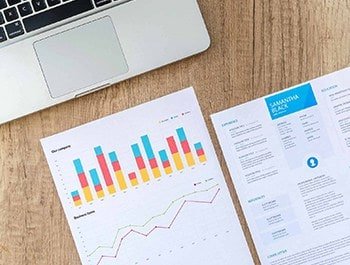
What is Value Stream Mapping (VSM) and how it helps to optimize a Company’s processes
Value Stream Mapping (VSM) is a powerful tool that stands out for its ability to identify and eliminate waste, optimizing an organization's processes. Originating in Toyota's production system, VSM is a visual technique that maps and analyzes the flow of materials and information along the value chain.
Want to know more about how VSM can benefit your company? Get in touch with us!
#Diagram #ManagementEngineering #VSM #ValueStreamMapping #ContinuousImprovement
#LeanManufacturing #OperationalEfficiency #Innovation #ProcessManagement #Productivity
The Olympic Games are taking place and in addition to the incredible celebration of sport that it is, we have to talk about the Artificial Intelligence used, more specifically about the logistics optimization that it has allowed.
Artificial intelligence (AI) has revolutionized logistics management at large-scale events, and the current Olympic Games are an excellent example of how this technology can be applied to optimize operations. By analyzing historical and real-time data, AI has made it possible to predict the public influx in different areas of the venue, facilitating
transport management and avoiding crowds. Here are some examples:

The implementation of artificial intelligence at the Olympic Games demonstrates how technology can be a powerful ally in the logistics management of major events. With the ability to predict and respond to challenges in real time, AI is transforming the way we manage complex operations, ensuring a more efficient and enjoyable experience for all participants.
#Diagram #ManagementEngineering #ArtificialIntelligence #Logistics #OperationalEfficiency
#Innovation #EventManagement #Technology #Olympic Games #Optimization

Case Study: Clealco
Clealco, a sugar-energy group with two operational units in the State of São Paulo, is advancing in operational excellence with a Continuous Improvement project that has generated notable results in its agro-industrial areas. Launched in the 2021/22 period, the project contributed to the group recording record results, including a net profit of €53.4 million and a 35% increase in operating cash compared to the year
2020/21.
This project aims to optimize processes, eliminate waste and increase efficiency and productivity, using the kaizen methodology and the principles of Lean Manufacturing. The work has been carried out with the support of Atech, an Embraer group company specialized in solutions and innovations for business transformation.
Clealco has stood out for its management model that values people, promoting a dynamic and collaborative organizational environment. This model is guided by job security and strategies aimed at developing and retaining talent.
The implementation of a Continuous Improvement project at Clealco is an inspiring example of how the combination of proven methodologies and a collaborative organizational culture can lead to exceptional results.
Want to know more about how continuous improvement can transform your company? Talk to us!
#Diagram #ManagementEngineering #ContinuousImprovement #LeanManufacturing #Kaizen
#OperationalEfficiency #Innovation #PeopleManagement #Clealco #BusinessTransformation
Level 1: Initial – Ad hoc and chaotic processes.
Level 2: Managed – Basic processes established and documented.
Level 3: Defined – Well-defined and consistently followed processes.
Level 4: Quantitatively Managed – Processes monitored with metrics.
Level 5: Optimized – Focus on continuous improvement and innovation.
At what level would you place your company's processes? Share in the comments!
#Diagram #ManagementEngineering #ProcessMaturity #OperationalEfficiency
#ContinuousImprovement #Innovation #ProcessManagement #Competitiveness

Far far away, behind the word moun tains, far from the countries Consonantia, there live the blind texts.

759 Pinewood Avenue
Marquette, Michigan
info@domain.com
Online Support
906-624-2565
Mon-Fri 8am-5pmGet Subscribed!